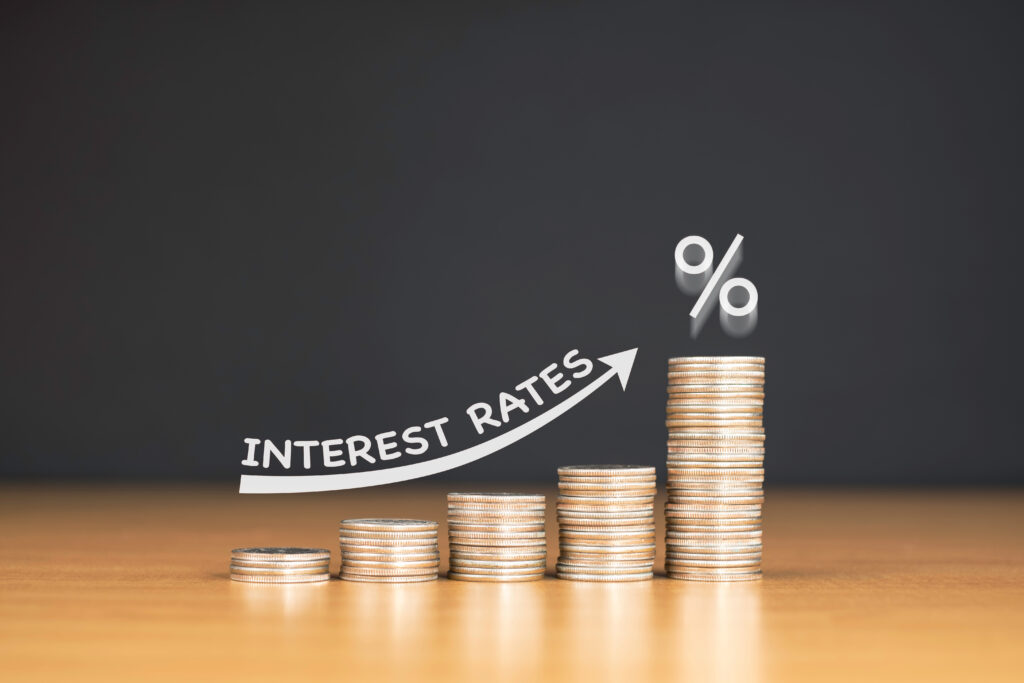Rate Expectations Met
March 21, 2024
While most of America was focused on setting their NCAA brackets earlier this week, market watchers were placing “bets” of their own on the Federal Reserve and the path of interest rates.

As was widely expected, on Wednesday the Federal Reserve once again left rates unchanged (leaving the Federal Funds rate range at 5.25-5.5%). They further indicated that three rate cuts (totaling 0.75%) are likely to occur in 2024, followed by a slower path for rate decreases in 2025 and 2026.
Despite this being a major change from what markets were hoping for at the start of the year (6 cuts in 2024), this decision and the following comments by Jerome Powell were very well received as stocks rallied and rates fell post-meeting (trends that continued in markets on Thursday).
Let’s take a closer look at this decision and Chairman Jerome Powell’s commentary
1.) Dual mandate – yet inflation is in charge: Powell started his press conference by yet again stating that the Federal Reserve is squarely focused on its dual mandate (of price stability and full employment). However, as his comments continued, it seems clear that inflation remains the primary focus. This is of course in large part due to the ongoing strength in the labor market. As long as the job market remains strong, inflationary trends are the dominant point of consideration
2.) Managing two sided risk – During the Q&A, Powell used this exact term to explain how focused they are on striking the right balance between cutting too soon (and risking a spike in inflation requiring further hikes) and cutting too late (causing unneeded damage to the economy and/or job market).
3.) Leaning Dovish – Although Powell didn’t say this explicitly, it seems clear that the Federal Reserve is leaning more dovish (see post on dovish vs hawkish here – dovish (at high level) means in favor of easy monetary policy/lower rates). The Fed’s Summary of Economic Projections (SEP) shows they are now expecting higher GDP growth, higher inflation, and lower unemployment than they were in December. Even though all of those trends are simulative to an economy (which in normal course may require rates to increase as an offset), the Fed is still standing by its prediction that rates will come down three times this year. This is a dovish signal.
4.) Balance sheet activity – As you may recall, the Federal Reserve has two main strategies for slowing the economy. One is raising rates and the other is letting its balance sheet run-off (as securities mature, they allow them to do so without reinvesting the proceeds, which in turn increases the supply in the open market). This is known as quantitative tightening. Powell noted the Fed would slow the pace on QT “fairly soon”
5.) Bullish holding pattern – As noted above, even though rates are staying put for now (and likely to not come down as quickly as once imagined), markets reacted very favorably. This is likely in large part due to Federal Reserve’s Summary of Economic Projections and Powell’s comments. Both emphasized that things are getting better for the economy – and are likely to stay that way. There is strength in the economy (higher GDP) and the labor market (lower unemployment). While inflation remains higher and stickier than hoped, Powell did acknowledge that at least some of inflationary increases in January and February were somewhat due to calendar/one-off events (such as auto insurance which we’ve discussed in the past) saying “nonetheless, we continue to make good progress on bringing inflation down.” Even if rates are staying put for now, a strong economic backdrop outweighed the slight delay in rate cuts
All in all, it was a favorable rate announcement for markets and investors this week. If you are an NCAA fan, I hope your chosen teams fare just as well as market-watchers did this week!
Onward we go,

Leave a note